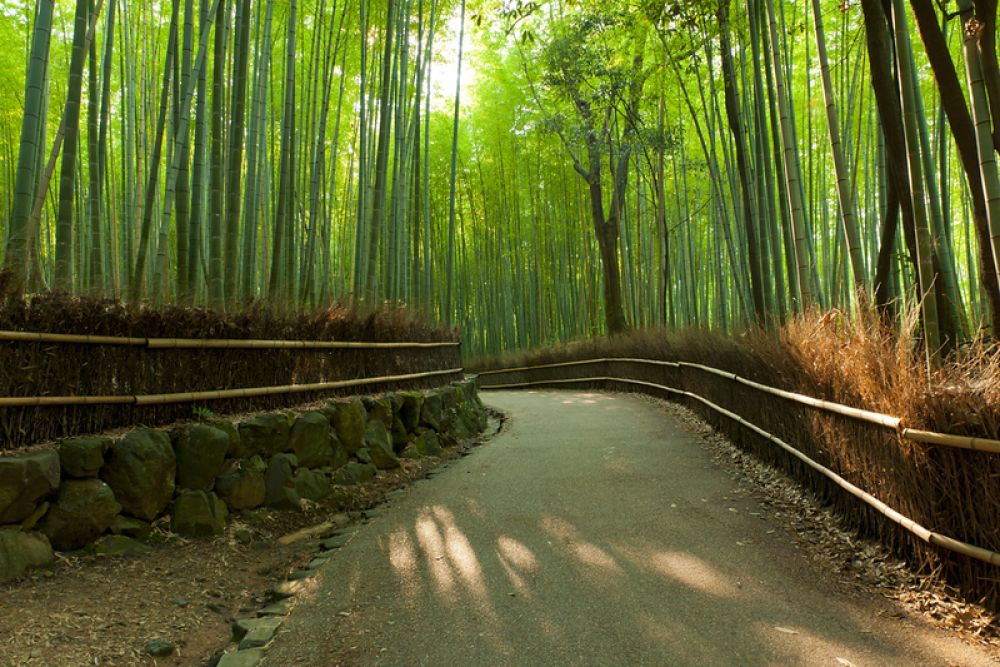

The allure of the Arashiyama Bamboo Grove in Kyoto, Japan, has captivated visitors for centuries. Its towering green stalks swaying gently in the wind create an otherworldly experience, making it a must-visit destination for anyone traveling to Kyoto. Here we take a stroll through the history of tourism at this iconic natural wonder and discuss its ever-growing popularity in modern times.
The history of the Arashiyama area dates back to the Heian period (794-1185), when it was established as a place of scenic beauty and a favored location for the aristocratic classes of the time. The bamboo grove itself has deep historical roots tied to Japanese culture, often featuring in traditional tales and art. Historically, bamboo has also been an essential material used in Japanese crafts, which added to the significance of the grove.
As Kyoto became an increasingly popular destination for foreign visitors during the Meiji era (1868-1912), the beauty of Arashiyama and its bamboo groves became known to the world. What was once an exclusive retreat for nobles gradually transformed into a public attraction. Over the years, additional amenities like walking paths through the groves were developed, making it accessible and enjoyable for tourists.
In recent years, the Arashiyama Bamboo Grove has surged in popularity, partly due to social media where the towering bamboo stalks have become a quintessential image of Japan. The grove's proximity to other famous sites, such as the Tenryu-ji Temple, has reinforced its status as a key attraction within Kyoto's tourism circuit.
The latest trends in tourism at Arashiyama Bamboo Grove reflect a growing awareness of sustainable travel. Visitors are encouraged to respect the natural environment and to adhere to the regulations in place to protect this delicate ecosystem. The local government and tourism operators are involved in efforts to manage the number of visitors, especially during peak seasons, to maintain the tranquility and integrity of the grove.
Moreover, there is a trend towards experiential travel, where tourists seek deeper cultural engagement and experiences beyond mere sightseeing. This includes participating in local crafts related to bamboo, enjoying rickshaw tours, and engaging with the serene atmosphere during quieter hours of the day.
Despite its popularity, tourism at Arashiyama Bamboo Grove is not without challenges. The area has faced issues with overcrowding and litter, which has led to increased efforts in tourism management and education. There's a strong commitment from local authorities to preserve the essence of the grove, ensuring it continues to be a sustainable and enchanting attraction for generations to come.
Arashiyama Bamboo Grove stands as a testament to the timeless beauty of Japan's natural landscapes and the enduring appeal of its cultural heritage. As tourism trends evolve, the grove remains a symbol of serenity and a preserved slice of historical Kyoto, attracting and inspiring visitors from around the world with its ethereal ambience.